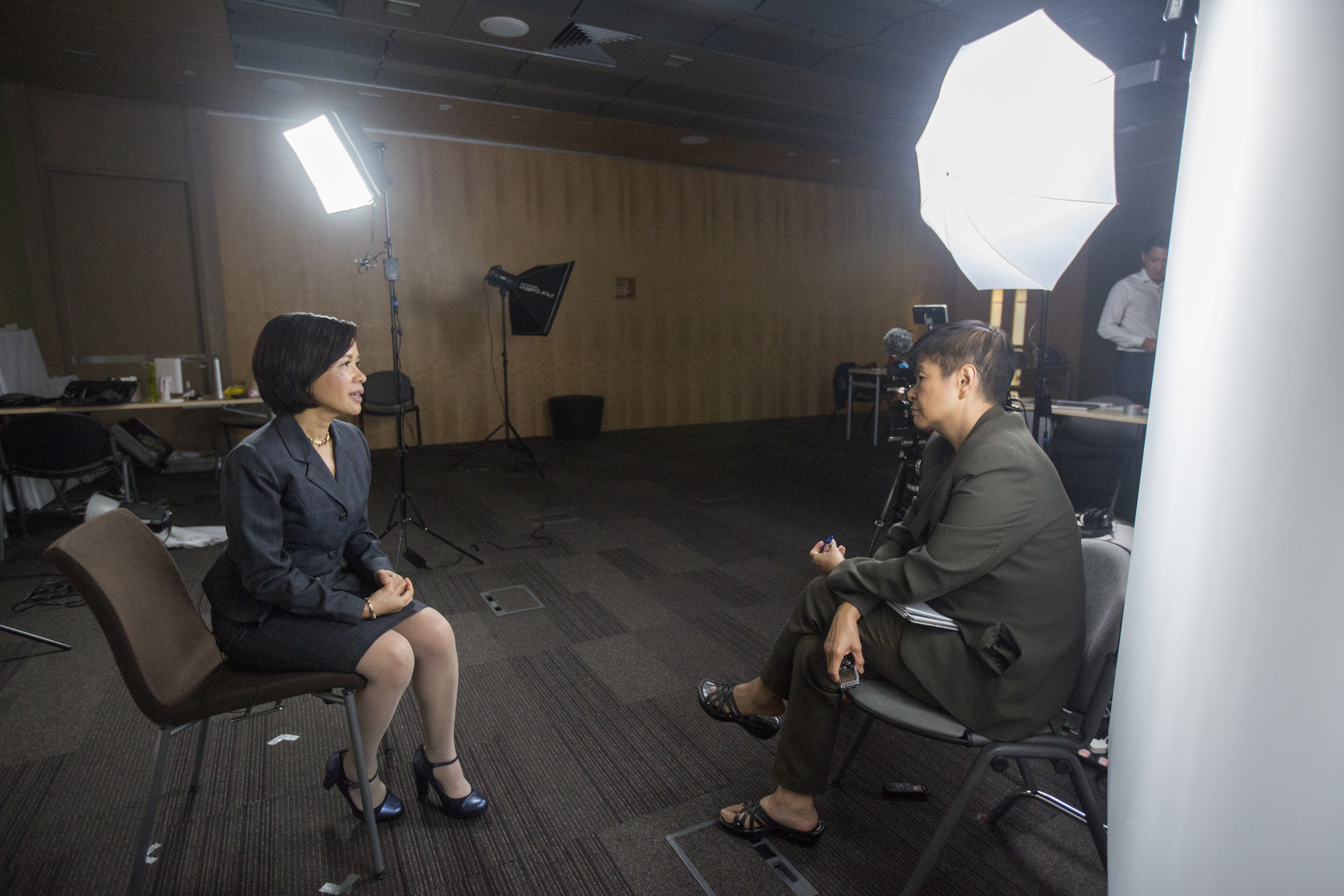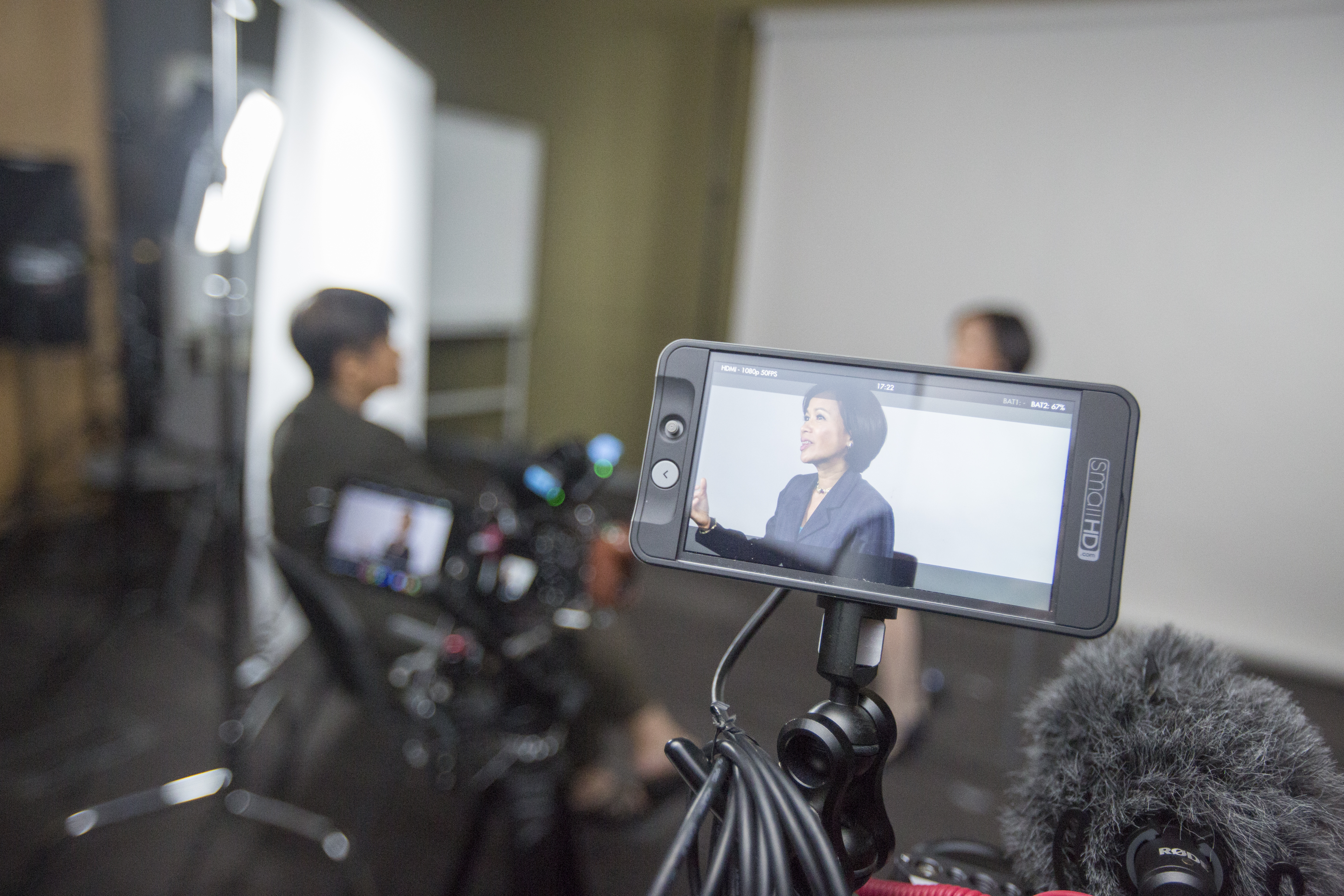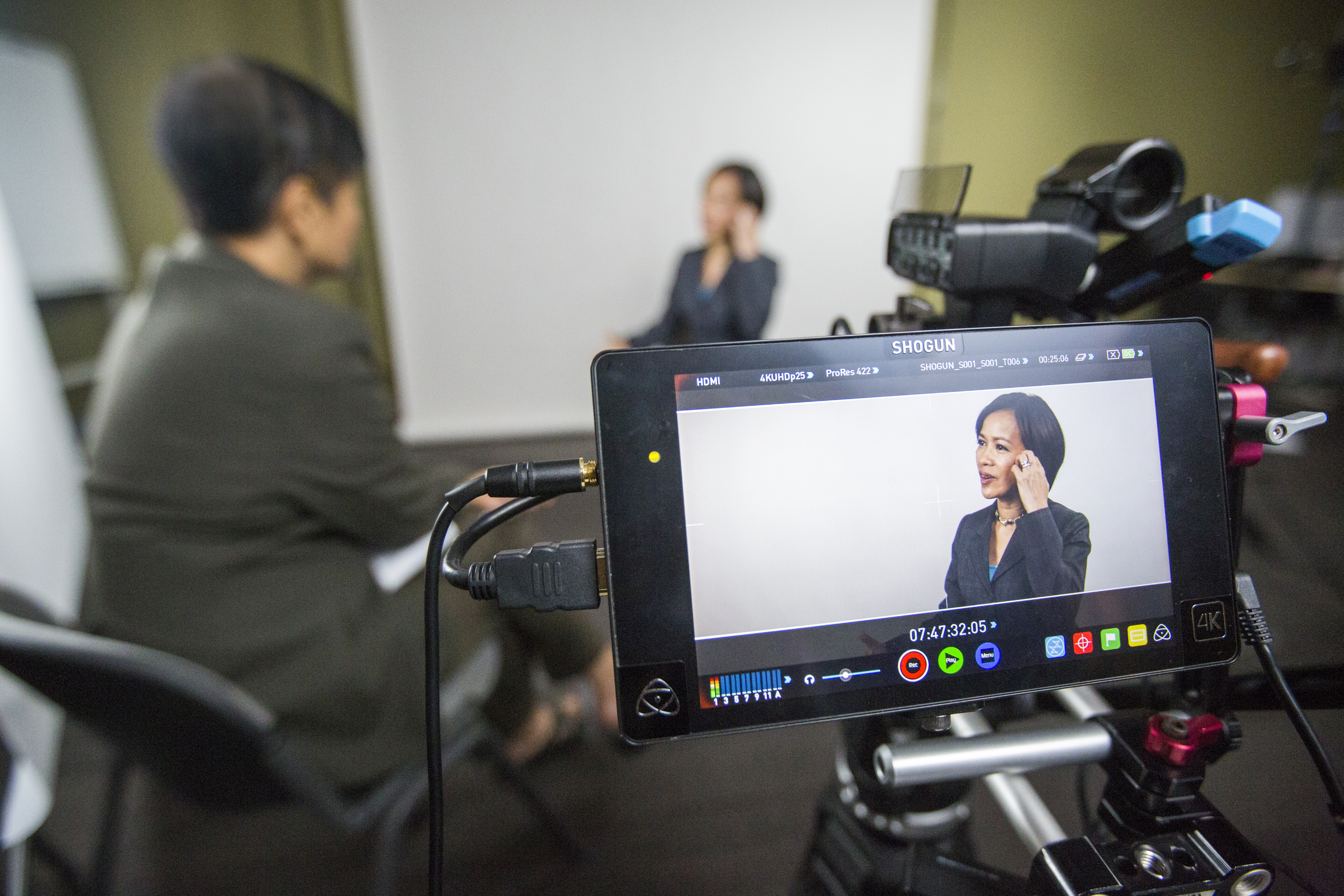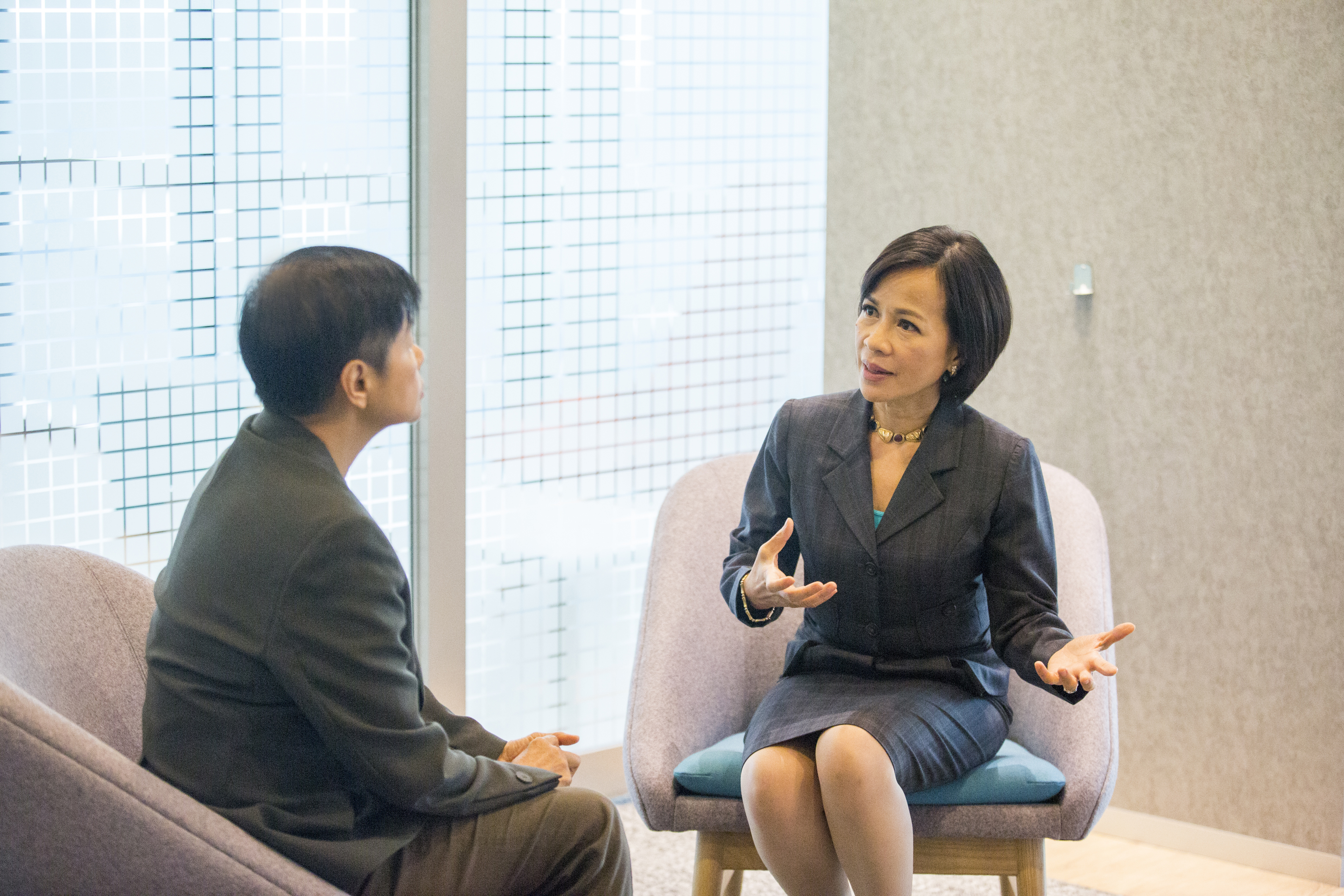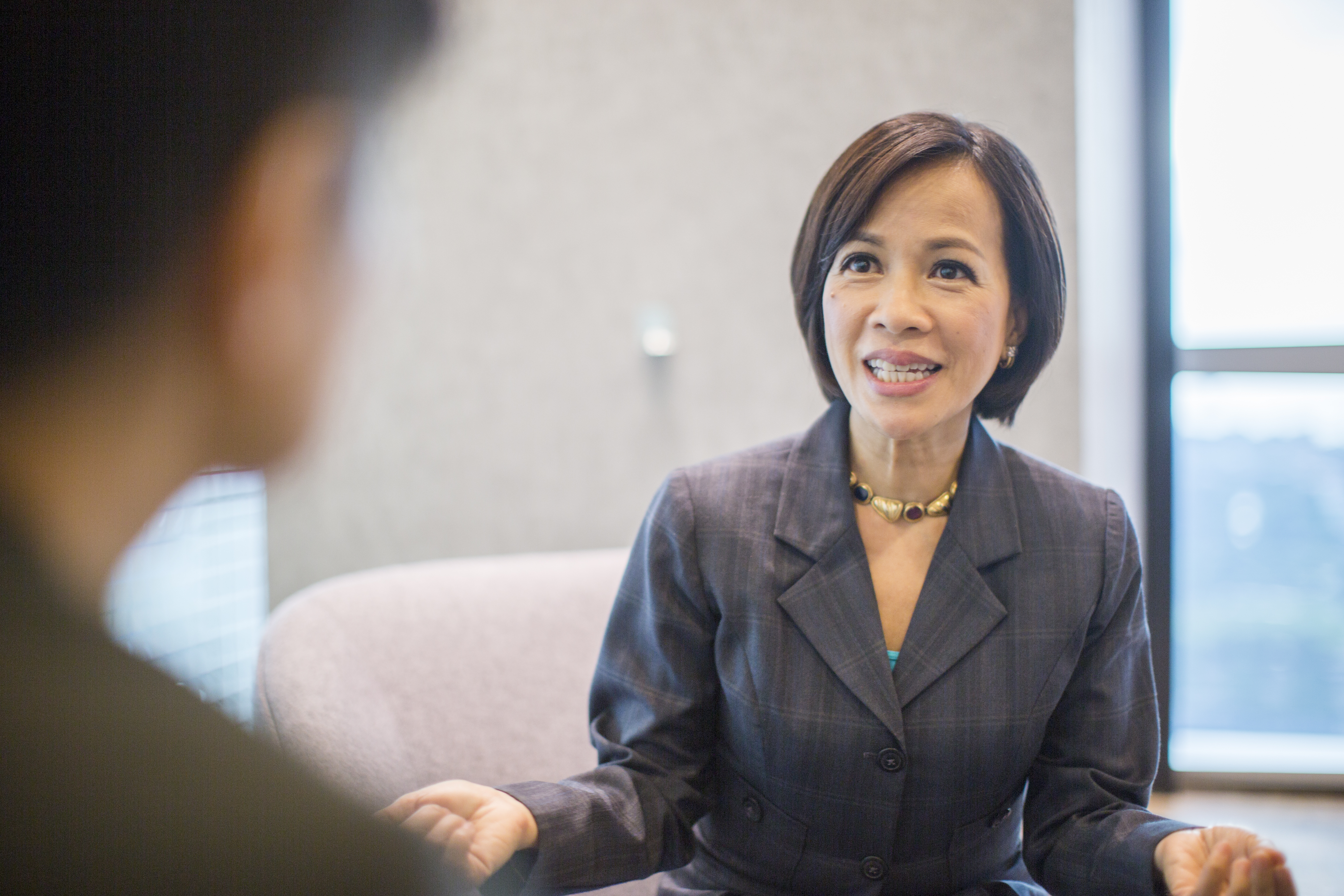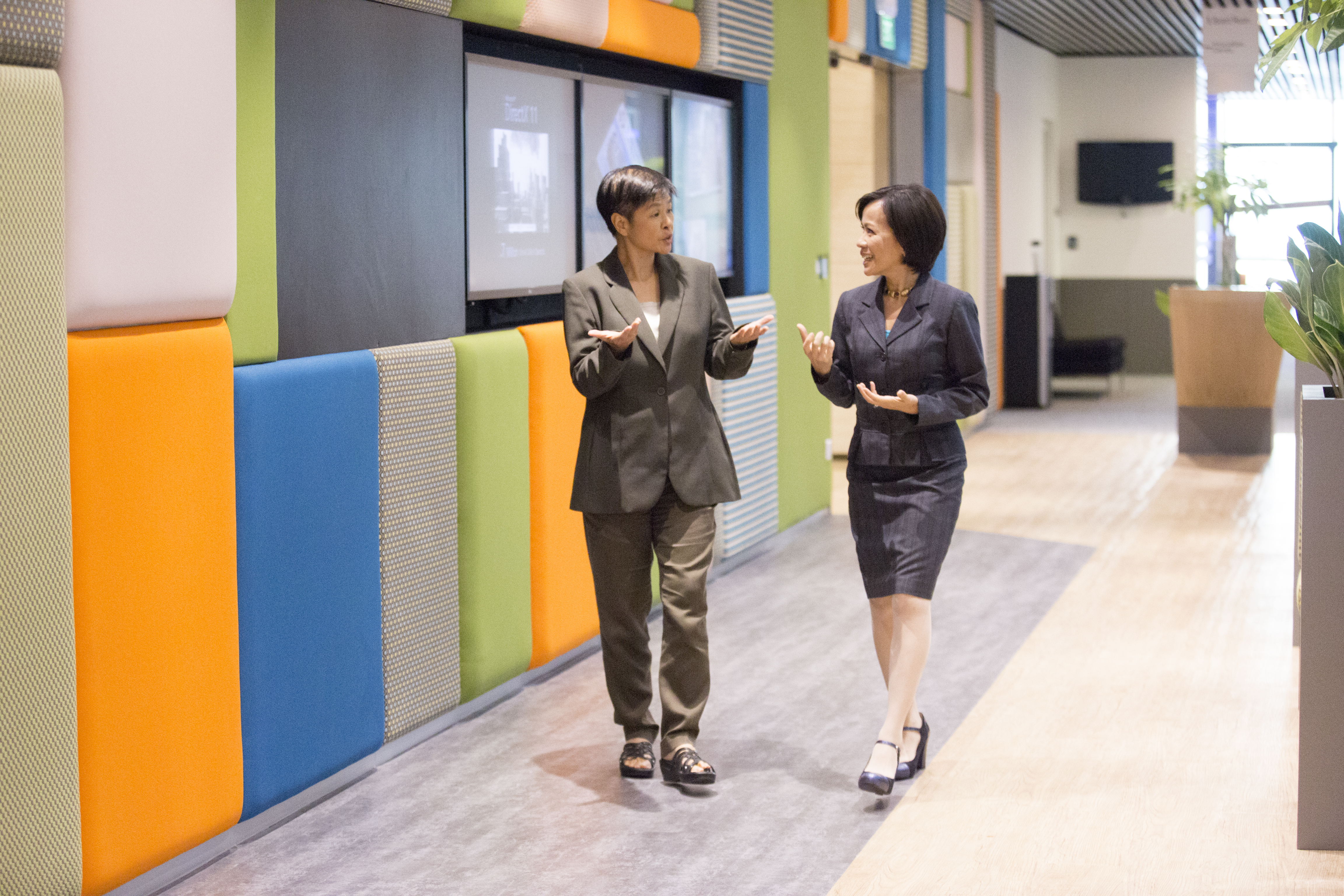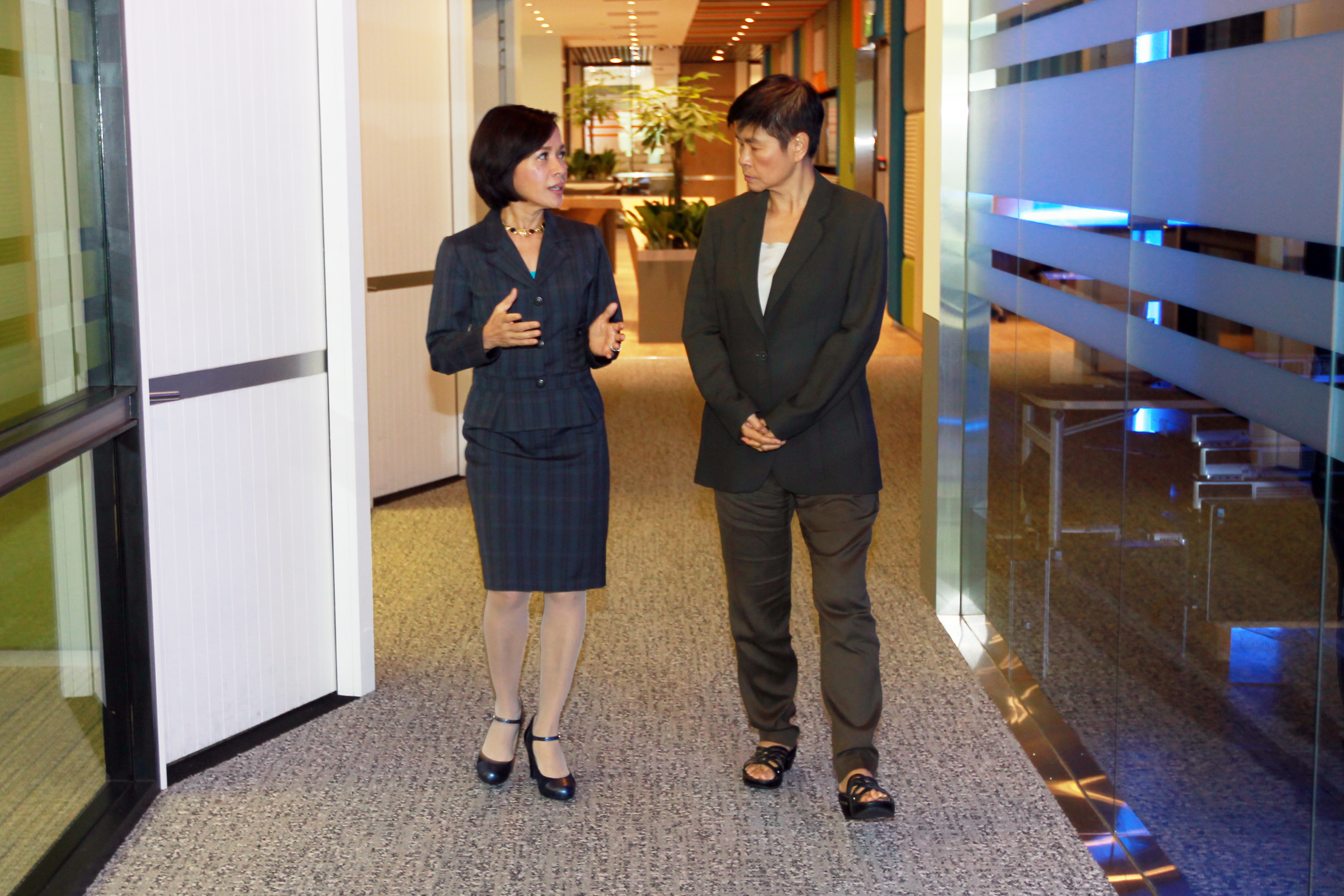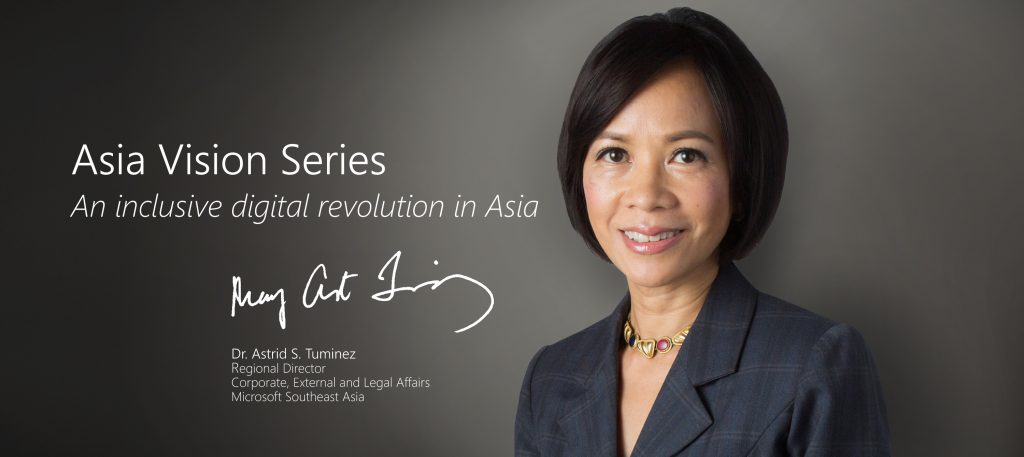
Democratizing technology for an inclusive revolution
In our Asia Vision Series features, we dive into key industry trends and issues with our subject matter experts and visionaries in the region. In part 3 of 3 of this interview, Grace Chng, one of Singapore’s most senior tech writers, speaks with Dr. Astrid S. Tuminez, Microsoft’s regional director for Corporate, External and Legal Affairs for Southeast Asia. Tuminez discusses why it’s important to ensure technology’s benefits and opportunities are universally accessible.
The 82-year-old lady reads an instant message on her smartphone sent by her daughter, Dr. Astrid S. Tuminez, but she does not know how to type on the screen to reply. Instead, she writes her response on a piece of paper, takes a photo of it, and sends it back.
“That way I can read my mother’s instant messages. That may not be the usual method to use the technology, but I still feel that my mother has been empowered,” Tuminez says.
Young or old, many people, and even businesses, fear that the fast pace of digital disruption will displace the way they live or work. This fear must be overcome if new technology is going to be used successfully, Tuminez says, adding that wide access to technology is also critical.
“At the heart of current technological advances is cloud computing, which is powering the 4th Industrial Revolution. The key to economic success is that such technology must serve all communities, including the poor and the disadvantaged. Technology should not benefit only a select few like the wealthy or developed segments,” she adds.
“Right from the start, governments must have a rational and logical pro-cloud policy framework encompassing four elements, namely infrastructure, next generation skills development, trusted computing, and leadership. This helps to ensure that all sectors of society, especially the underserved, will get access to cloud computing and its advantages.”
One example is in Myanmar, where technology is transforming lives by allowing small businesses and micro-enterprises to “bank in the middle of nowhere,” shares Tuminez.
For many villages in remote locations, there are no ATMs and bank branches because of the substantial investment in infrastructure and hardware that such services require. This leaves more than 70 percent of adults in a country of 50 million people without formal access to credit or other financial services.
However, through secure cloud computing enabled by Microsoft Azure, bank officers can now travel to even the most remote locations in the country to facilitate loans to micro-enterprises, opening up business opportunities for villagers.
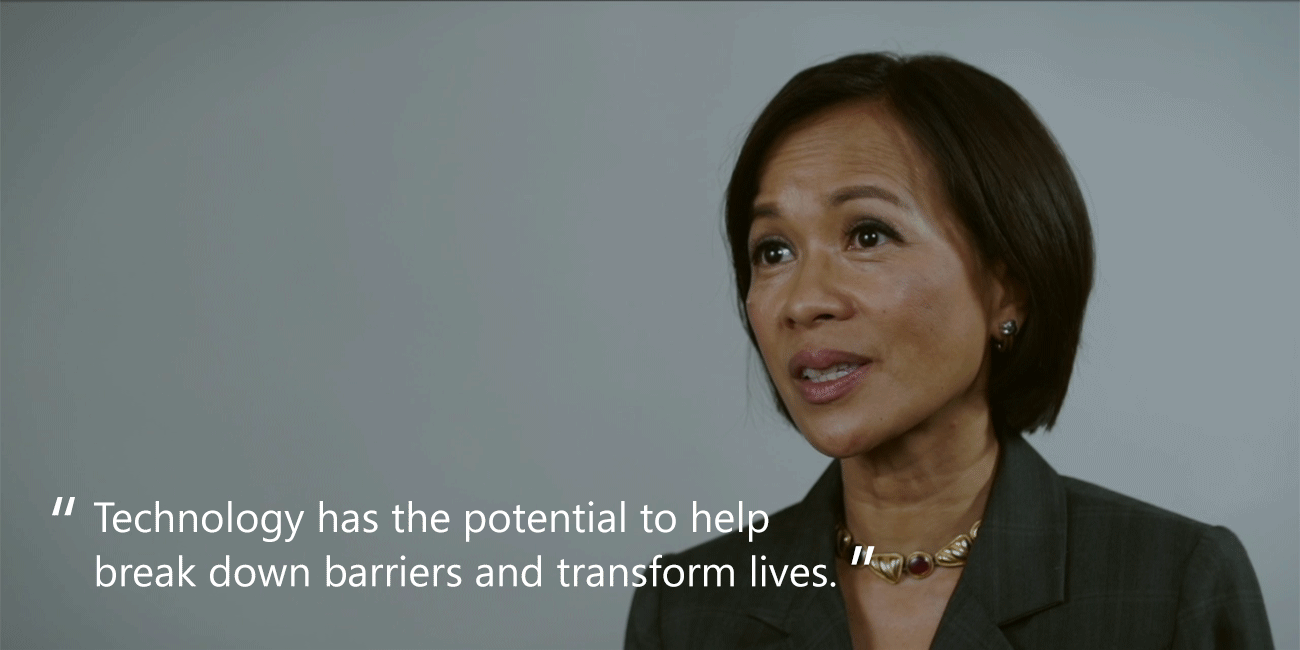
Tuminez points to the Seeing AI app, which is designed for the blind and low vision community. The app uses artificial intelligence and the phone’s camera to perform a number of useful functions including the reading of documents, identifying products at the supermarket, and recognizing people based on their faces.
“This technology gives the visually impaired hope, allowing them to work as professionals, or just to function in everyday life”, she adds.
The M-Powered platform, active in Thailand, Malaysia, Indonesia and Vietnam, is another instance of technology being leveraged to empower the disabled and other marginalized groups. Through a partnership between the public and private sector, the M-Powered portal helps users pick up skills relevant to the digital economy and, eventually, qualify for jobs. Besides a range of e-learning modules, users will also get access to online and in-person mentoring and job listings. In Malaysia, where the government has a declared policy to have at least 1% of civil service jobs go to People with Disability (PWD), the M-Powered portal will help prepare a pool of potentially qualified workers that can fill the government’s need.
Microsoft has partnered with Genashtim, an online tech support business and a Certified B Corporation, to design, build and launch most of the M-Powered portals. Interestingly, 90% of Genashtim’s employees are disabled, including those who are blind, deaf or wheel-chair bound. They are part of its growing workforce. The brainchild of Thomas Ng, Genashtim proves that PWD, through their own strength, talent and persistence, can be successful professionals living full lives and contributing to their families and countries.
The LV Prasad Eye Institute in India is another example of technology, especially the cloud, being used for public good. The institute has treated over 20 million patients with cataracts, which is a leading cause of blindness. It uses Microsoft’s Azure cloud platform to both store and analyze data to drive clinical interventions for pre-emptive care. Through the digitization of medical records, information such as socio-economic data can be used to pinpoint the required procedures more effectively and improve patient outcomes.
The 4th Industrial Revolution has also cast a spotlight on technology’s role in the push for gender equality. According to a study by the World Economic Forum, the impact of the digital economy is likely to be disproportionately negative for women. Knowing this, Tuminez is passionate about ensuring women having equal access to opportunities.
“There is often a misconception that technology and careers related to science, technology engineering, and mathematics (STEM) are only for men and mainly involve engineering work. But this isn’t true,” Tuminez explains.
One of the first steps is to expose young girls and women to coding, and inspire them to pursue STEM education so that they develop confidence and interest in these subjects. They will then be more likely to pursue, or consider, a career in the science and tech industries, she believes. In Myanmar, for example, Microsoft works with the Myanmar Book Aid and Library Preservation Foundation to train young women, aged 16-20 and affiliated with libraries throughout the country, in digital literacy and technology. In Cambodia, Microsoft supports Passerelles Numeriques, which trains young women and men for two years in technology, English and values. When they graduate, they have a 100% employment rate.
Technology has the power not only to transform lives, but also give hope and even protect vulnerable populations.
In China, it is being used to help parents find their missing children, of which there are tens of thousands in the country. “We had a recent case, where a father nearly four years ago lost his then 14-year-old son, who had Down syndrome and was unable to speak. They were in a restaurant, the father went to use the bathroom, and, when he returned, his son had disappeared,” shares Tuminez.
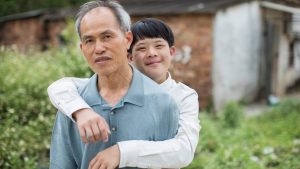
It was an agonizing search for the father, who eventually turned to Baby Come Home, a leading nonprofit organization dedicated to finding missing children. The NPO worked with Microsoft, which had developed an application called Photo Missing Children, or PhotoMC – powered by its publicly available facial recognition technology.
Baby Come Home used a photo the father provided to scan a government database of 13,000 images of children living in shelters across the country. Within seconds, a list of 20 possible matches were found, leading eventually to the happy reunion of father and son.
Tuminez believes there is a role for everyone to play in democratizing technology so that all communities can access its benefits and opportunities.
“Businesses, governments and non-profit organizations must come together with a shared vision, relentless passion, and pragmatic thinking to help improve the human condition. Only then will it be possible to drive more inclusive and truly shared growth in Asia,” Tuminez says.
Catch up on part 1 of this interview series, where Dr. Astrid S. Tuminez shares how growing up in the slums has shaped her passion to drive inclusive growth in Asia. In part 2, she talks about how the region can bridge the skills gap to embrace the 4th Industrial Revolution.
You can also enjoy reading more Asia Vision Series interviews with our other thought leaders and subject matter experts here.
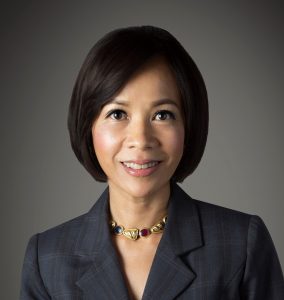 Dr. Astrid S. Tuminez
Dr. Astrid S. Tuminez
Regional Director, Corporate, External and Legal Affairs,
Microsoft Southeast Asia
Based in Singapore, Dr. Astrid S. Tuminez is responsible for driving government relations, corporate citizenship, as well as business and regulatory initiatives in the region. She is also an accomplished global speaker and widely published author. In 2013, Tuminez was selected as a “Top 100 Global Influencer” by the Filipina Women’s Network of the United States. She has held leadership, consultancy and research roles with organizations such as the Lee Kuan Yew School of Public Policy, US Institute of Peace, AIG Global Investment Group, Carnegie Corporation of New York, Council on Foreign Relations, the World Bank, and Bank of Philippine Islands.
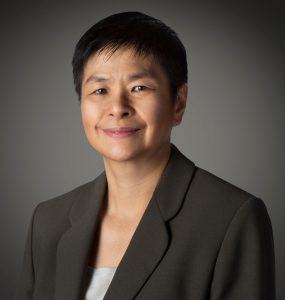 Grace Chng
Grace Chng
Grace Chng is among Singapore’s most senior tech writers, with wide experience setting up and managing editorial teams in the city state and across the Asia Pacific region. She was the key tech writer for Singapore’s national broadsheet The Straits Times for over two decades. While there, she co-founded and edited the technology section, Computer Times (which later became Digital Life), for nearly 19 years. She has interviewed many of the world’s top tech leaders, including Apple’s co-founder Steve Jobs, Microsoft’s co-founder Bill Gates, Airbnb’s co-founder Nathan Blecharczyk, Catcha Group’s chairman Patrick Grove, and Lazada’s CEO Maximilian Bittner.





